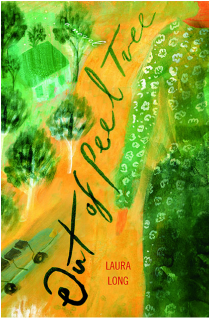
And indeed, this seems to be the motto of all the characters in Long's first novel, which, in many ways, reads like a collection of short stories instead of a plot told in linear form. In this work, we learn about a woman who finds out her husband's secret past, a reckless, (and in many ways, desperate) teenage runaway who plans a new life far away from her home, and a teenage boy who pines away for a girl who doesn't love him back. Connected loosely by family ties and the landscape of their home of rural West Virginia, the characters' stories are also very much their own, and it's hard not to long for more of their lives than what is conveyed in these pages.
Long has a rich, lyrical voice, and she avoids many of the clichés' often found in Appalachian literature by focusing on the language of music -- indeed, in spite of the characters' scattered and often rough lives, music seems to sing from the pages. And it's this song that makes this slim novel a beautiful read!
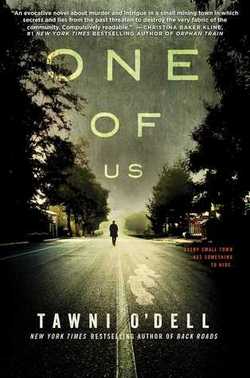
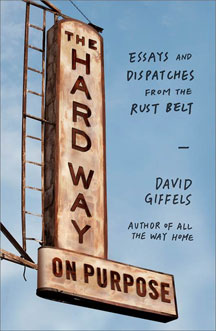

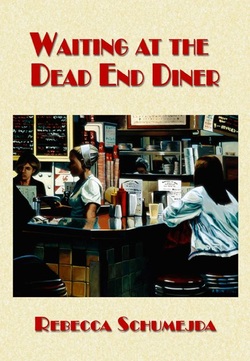
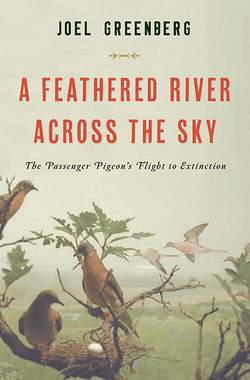
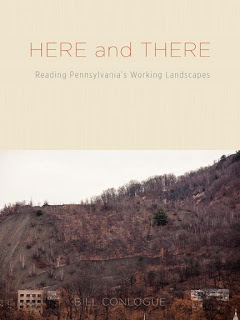
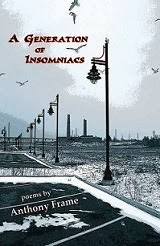
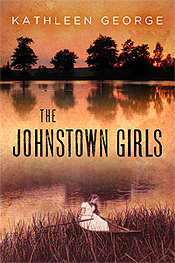
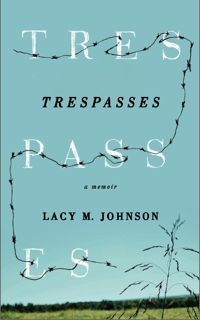
 RSS Feed
RSS Feed
